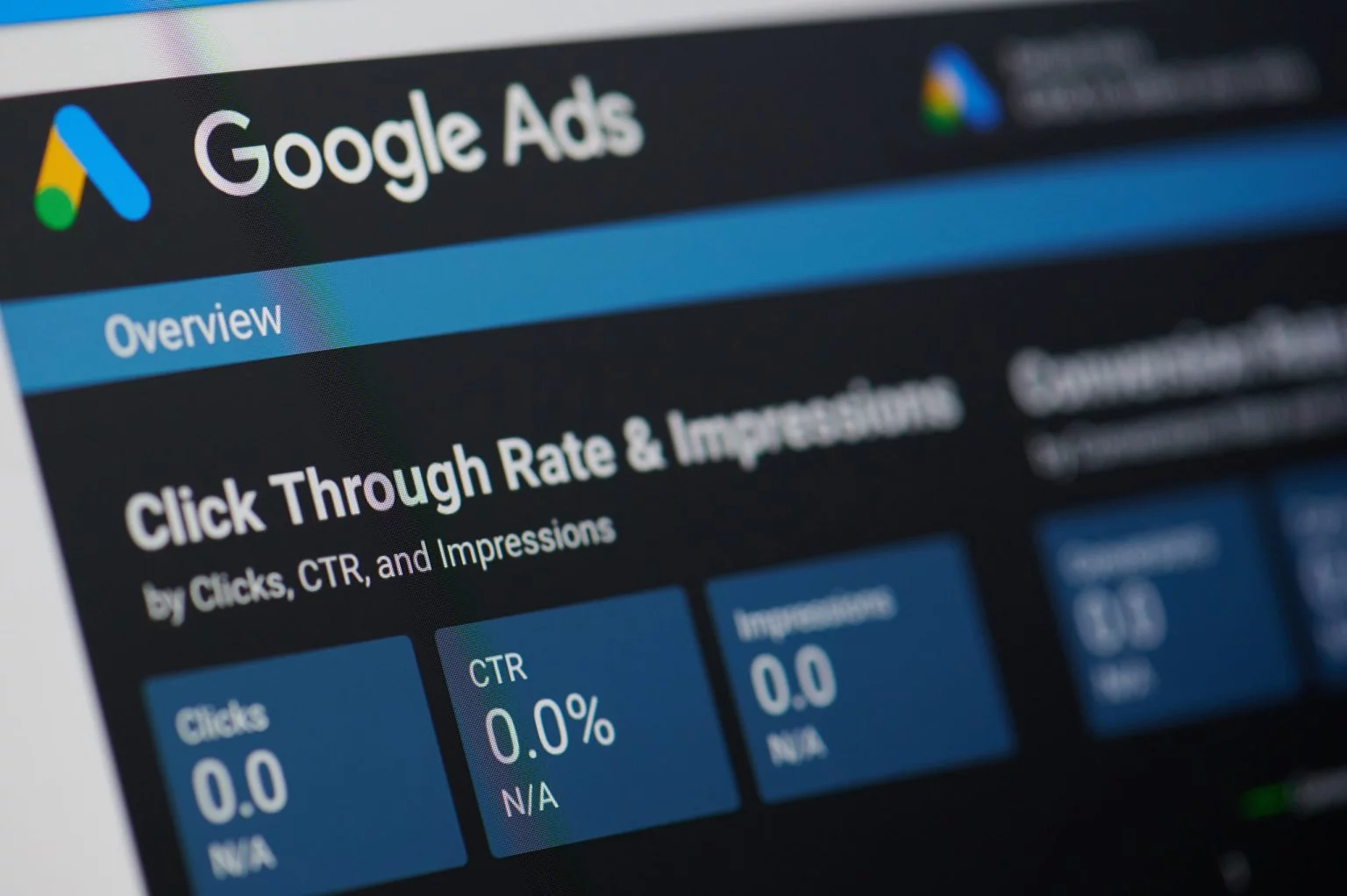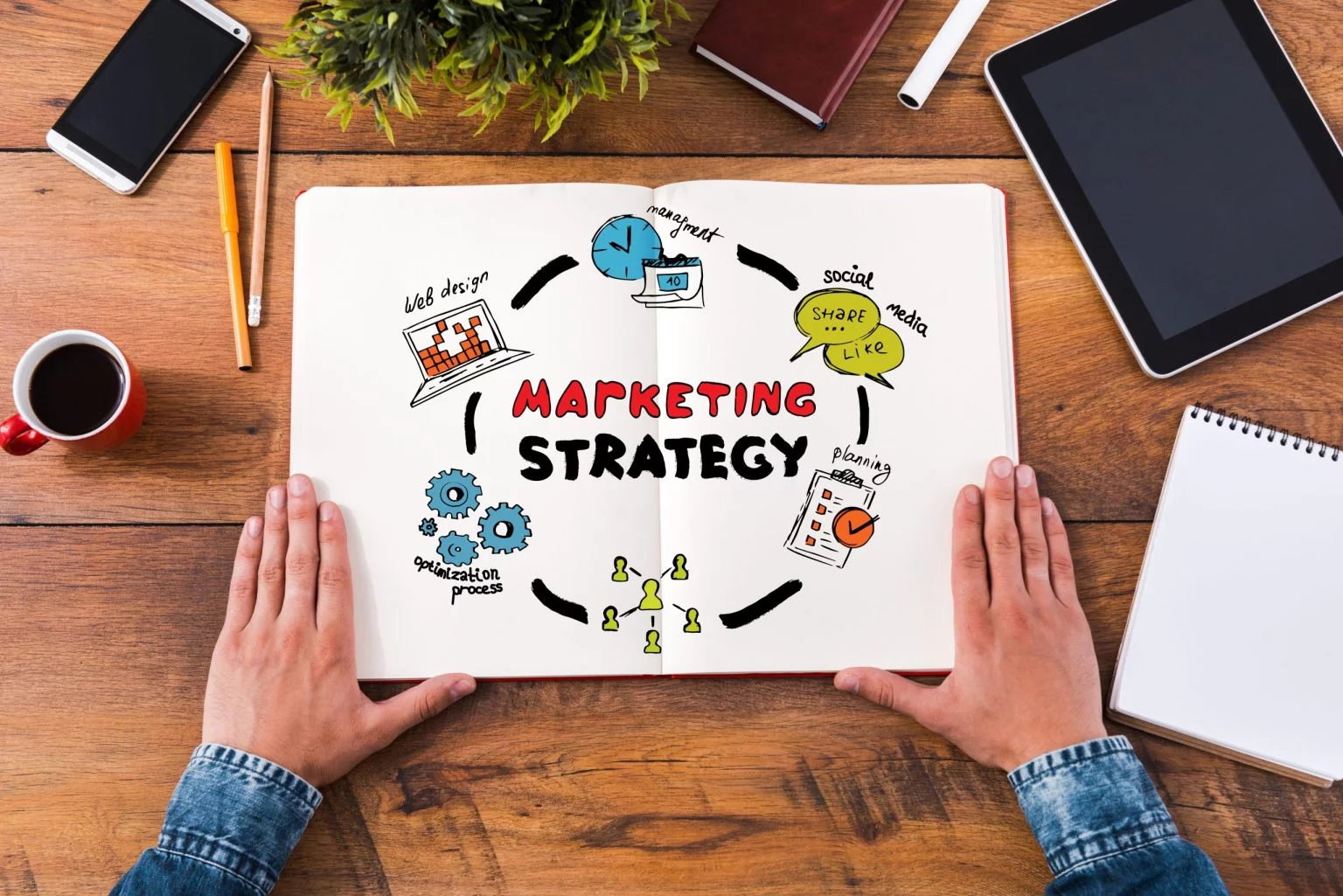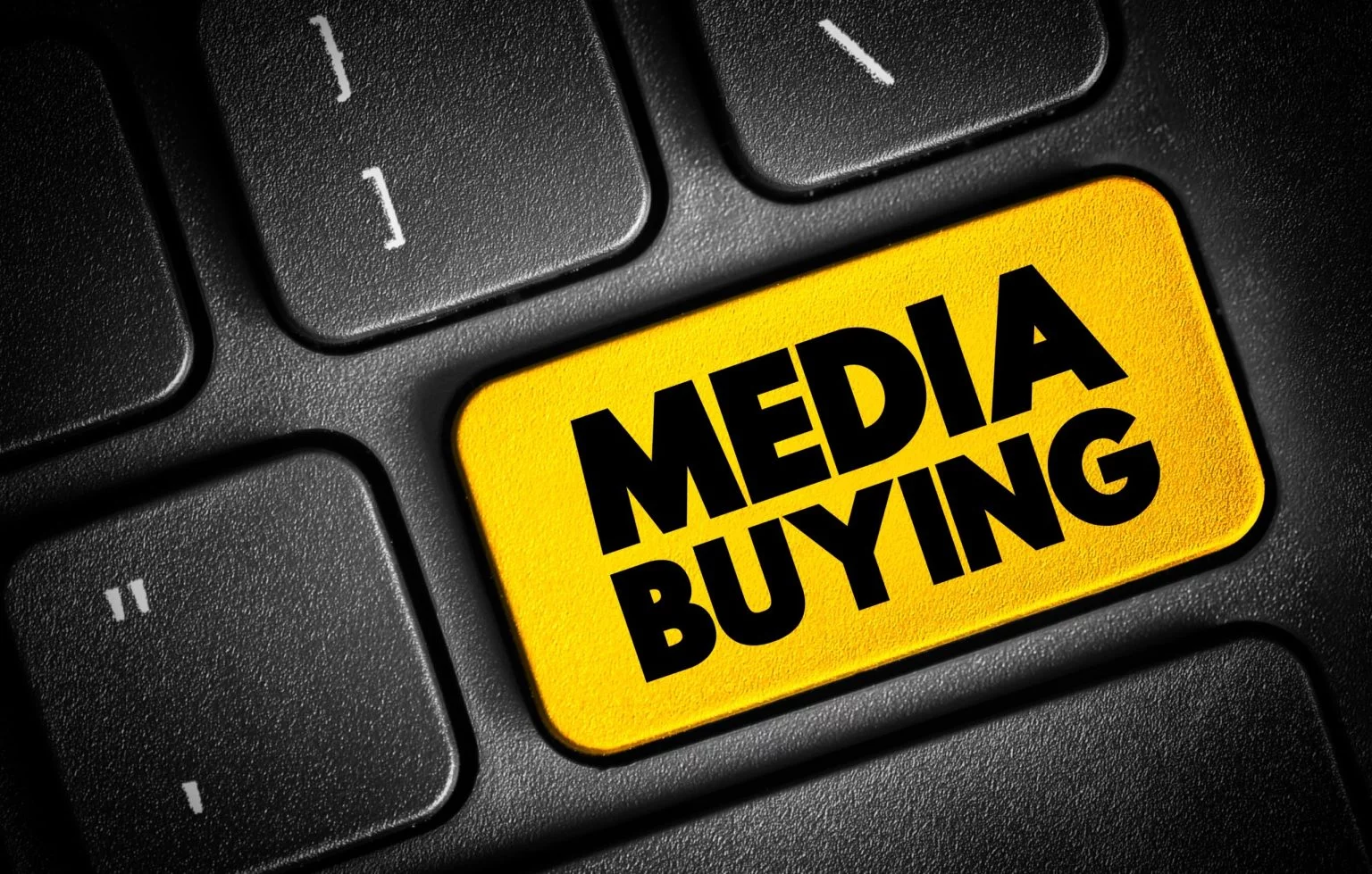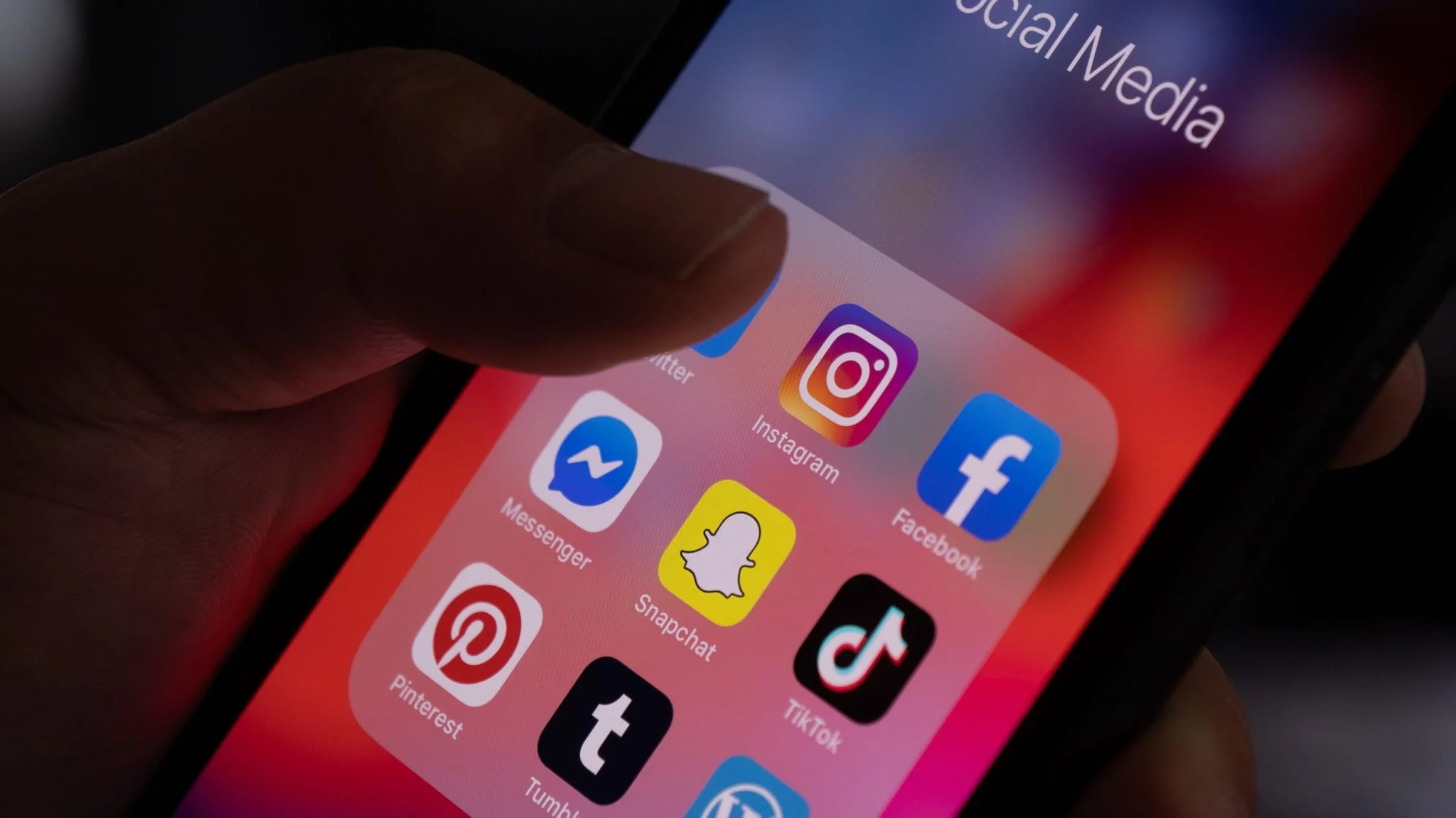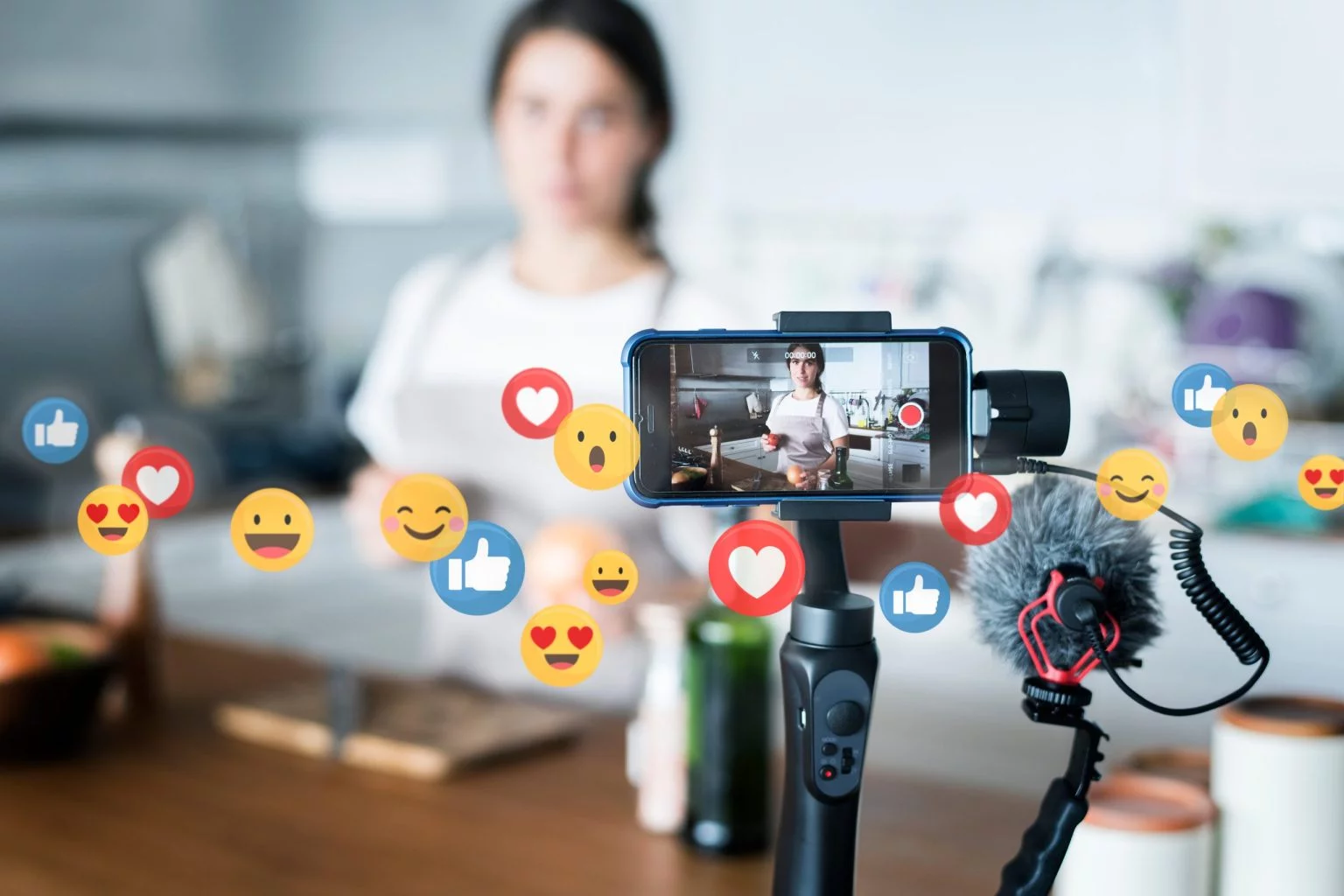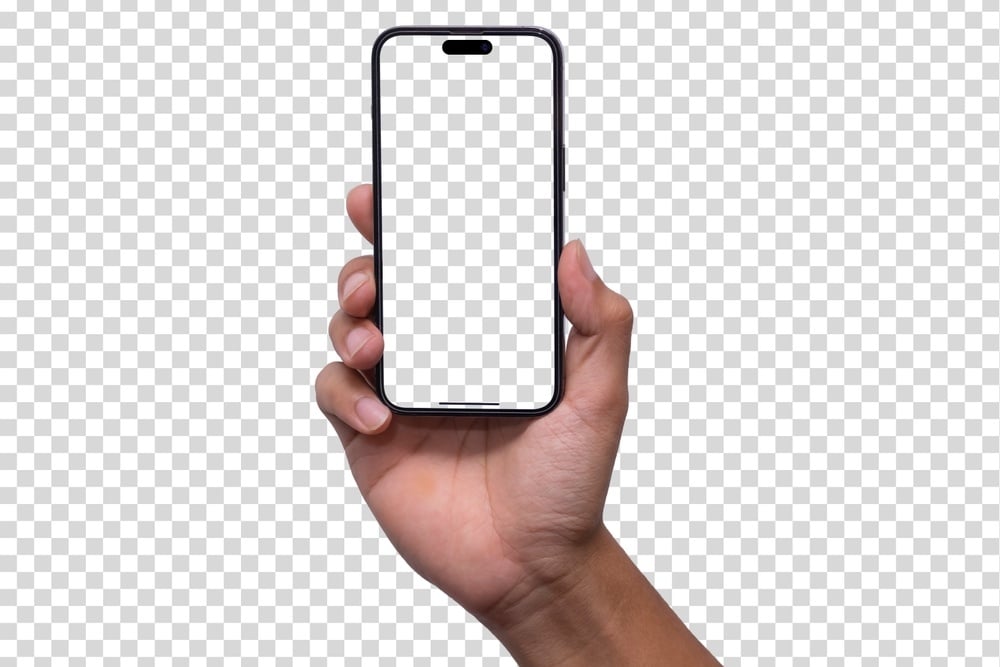
Visual content has become a powerful tool for engaging audiences and conveying brand messages effectively. Who doesn't like videos or cool animations? Everyone from Gen Z to millennials is glued to TikTok, Instagram, or Facebook Reels. But here's the kicker: videos are not just for social media. Integrating these dynamic visuals into your website can be incredibly effective. Why? Because people prefer watching over reading. It's simply more engaging.
Among the various forms of visual content, live-action videos, and animation are two popular choices for brands looking to create compelling marketing campaigns. Both styles have their unique strengths. For example, animation offers unlimited creativity and is ideal for conveying abstract or imaginary concepts. Conversely, live-action provides authenticity and relatability for showcasing real products, people, and scenarios. But how do you decide which visual strategy is best for your brand? This article will pull back the curtain and explore the differences between live-action and animation. We will help you decide which option would work best for your business!
The Power of Visual Content in Marketing
Visual content has taken center stage in the marketing world. Statistics show that 72% of consumers prefer to watch a video to learn about a product or service rather than read a text. Video content not only boosts brand visibility but also fosters stronger connections with consumers. It effectively communicates messages, evokes emotions, and drives meaningful engagements across various platforms. In today's fast-paced world, where attention spans are “fleeting”, leveraging the influence of video content can be a game-changer for your business
Live Action and Animation Explained
Live action
Refers to the use of real people, environments, and events in video content to promote products, services, or brand messages. It involves filming real-life scenarios, interactions, and demonstrations to create authentic and relatable content for target audiences.
Live-action marketing videos
Often feature actors, customers, or employees engaging with the brand or its offerings in various settings, such as offices, stores, or outdoor locations. This approach strives to establish a personal connection with the audience, stir emotions, and build trust by showing real experiences associated with the brand.
Live-action marketing
Includes testimonials, product demonstrations, behind-the-scenes footage, event coverage, and other types of visual content. These materials spotlight the real-world usage and benefits of the marketed products or services.
Animation for marketing
Involves the creation of animated videos or graphics to promote products, services, or brand messages. Unlike live action, which features real people and environments, animation uses illustrations, graphics, and visual effects to convey information and engage audiences. Animation in marketing can take various forms, including:
- 2D Animation: Traditional animation, involves creating two-dimensional images and animating them to simulate motion. It can range from simple motion graphics to more complex character animations.
- 3D Animation: Computer-generated imagery (CGI) that creates three-dimensional objects and characters for more realistic and dynamic visual effects. 3D animation is commonly used in product visualizations, architectural renderings, and character animations.
- Motion Graphics: Animation techniques focused on movement and visual effects to convey information or tell a story. Motion graphics often combine text, graphics, and animation to create dynamic and engaging visuals.
- Whiteboard Animation: A style of animation where illustrations are drawn on a whiteboard or digital canvas, typically accompanied by a voiceover narration. Whiteboard animation is often used for explainer videos or educational content.
Which One to Choose for Your Brand?
Ultimately, the choice between live action and animation should align with your brand’s identity, goals, and the specific message you wish to convey. By carefully considering your audience, the nature of your message, and the emotional impact you aim to achieve, you can select the visual strategy that will most effectively bring your vision to life and strike a chord with your targeted audience. So, before you decide on which strategy to use, here are some factors to consider:
- Target audience: Who are you trying to reach? What age group, gender, and interests do they have? Understanding your audience's preferences and communication style can guide your decision between live action and animation.
- Brand identity: Your brand’s personality should be reflected in your visual strategy. If your brand values authenticity and relatability, live action may be the right choice. However, if you want to highlight creativity and playfulness, animation can bring your brand's identity to life.
- Message complexity: Some messages are more straightforward to convey visually than others. For complex or abstract concepts, animations can simplify and clarify the message in an engaging and entertaining manner. However, for more personal or emotional messages, live-action may be a better fit to create a genuine connection with the audience.
- Budget and timeline: Both live-action and animation require different resources and timeframes. Live action involves location scouting, casting, sets, equipment, and filming crews, making it typically more expensive and time-consuming than animation. If you have a limited budget and time constraints, animation may be a more feasible option.
- Brand goals: What do you want to achieve with your visual strategy? Are you looking to increase brand awareness, educate your audience, or evoke certain emotions? By aligning your brand goals with the strengths of each option, you can make a strategic decision that will help you reach your objectives.
In conclusion, both live-action and animation have their unique strengths and can effectively communicate your brand's message. When selecting a visual strategy and video production services for your brand, it's essential to consider your target audience, brand identity, message complexity, budget and timeline constraints, and brand goals. By carefully considering these factors, you can select the visual strategy that best aligns with your marketing goals and effectively communicates your brand story to your audience. So don't be afraid to explore different options and get creative with your visual strategy - the possibilities are endless! Remember, it's not about choosing between live action or animation, but rather finding the perfect fit for your brand and message. Keep these considerations in mind, and you'll be on your way to creating compelling content that “clicks” with your audience and leaves a lasting impression.



.webp)






